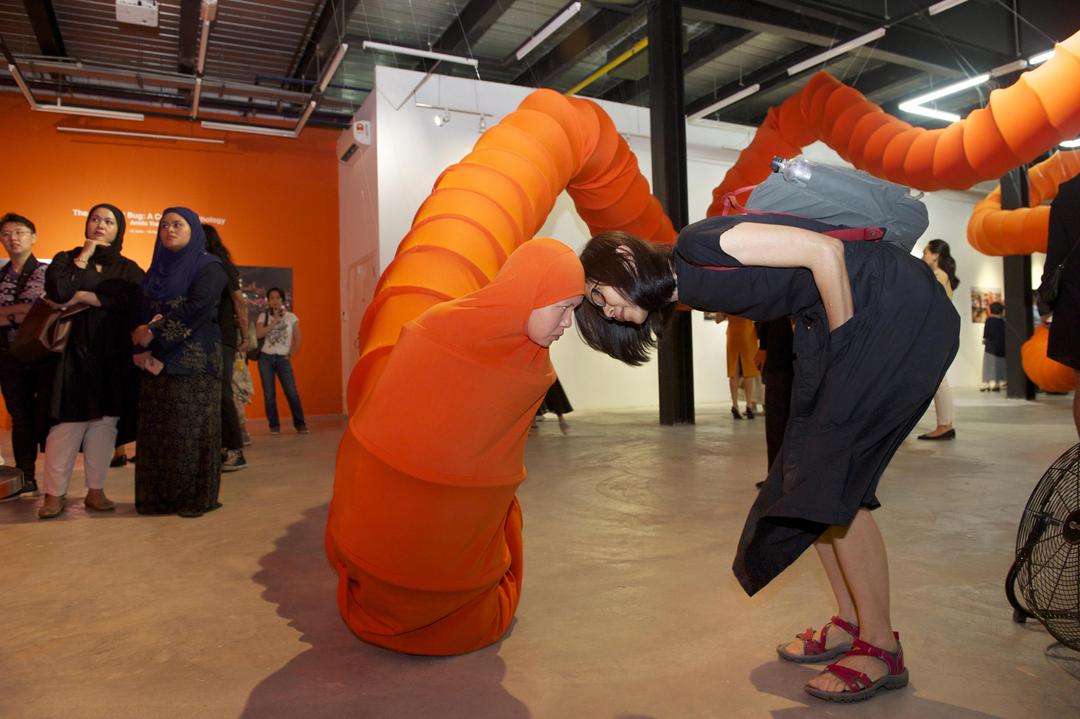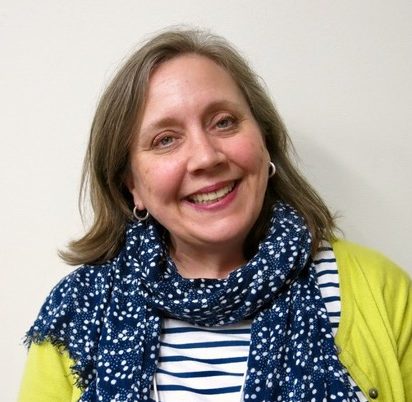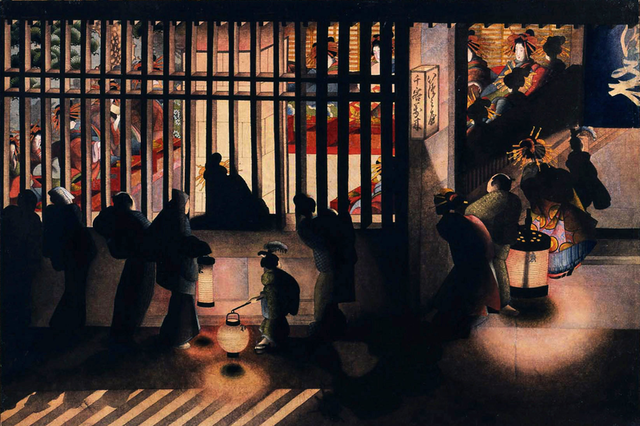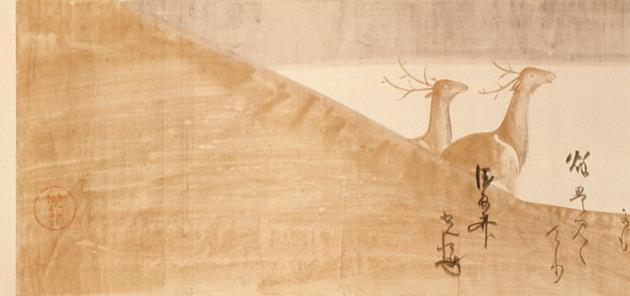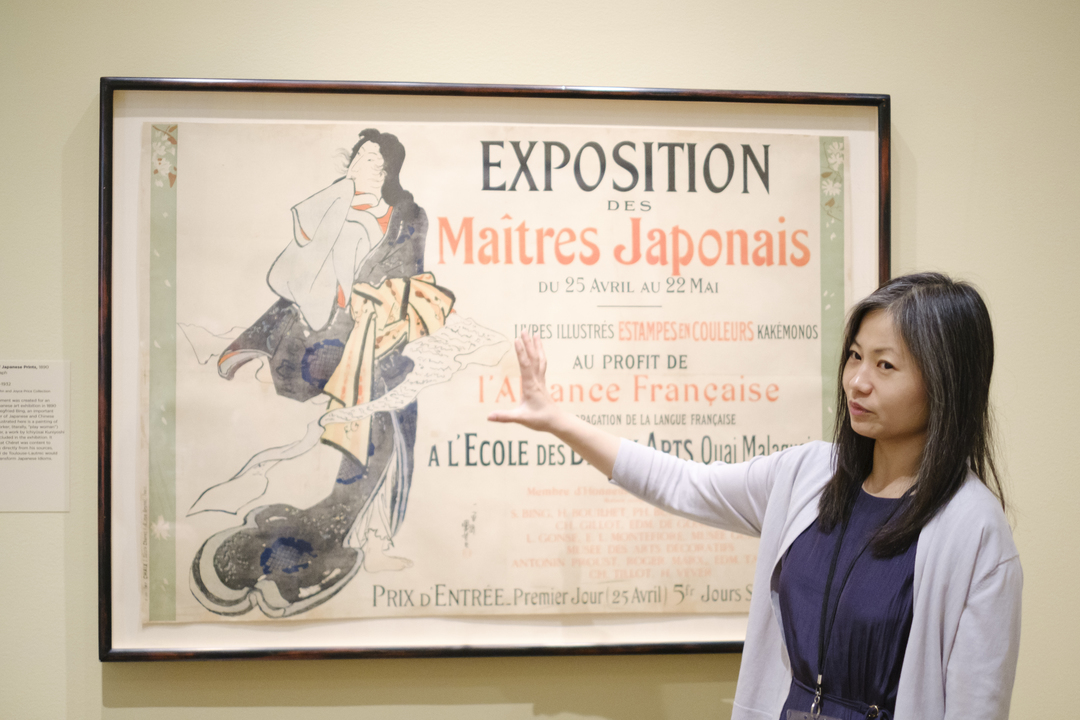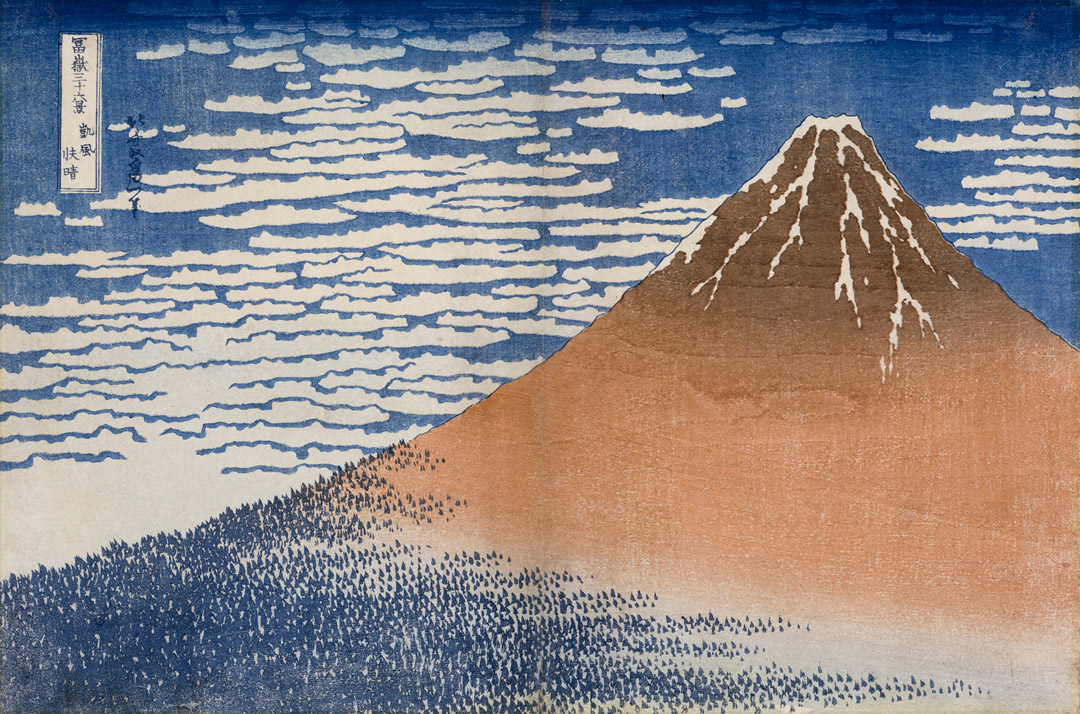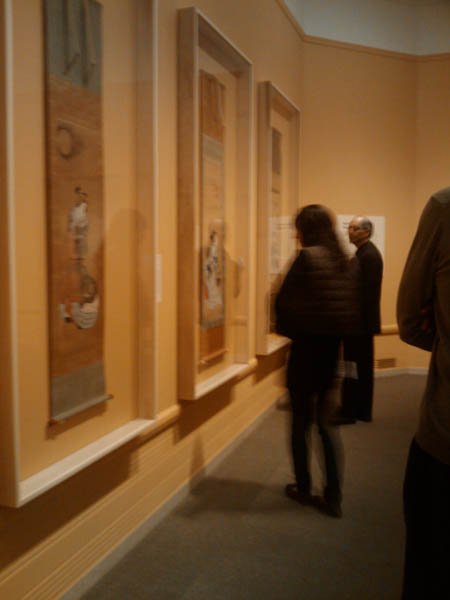Muse/News: Performance Art, Feminist Masks, and 2024 Must-Sees
SAM News
Anida Yoeu Ali: Hybrid Skin, Mythical Presence opens this Thursday at the Seattle Asian Art Museum! The Seattle Times included the exhibition on its list of “most anticipated Seattle exhibits of 2024,” and Gayle Clemans interviewed the artist for a preview of the exhibition, which celebrates two of Ali’s performance-based works, The Buddhist Bug and The Red Chador.
“‘This humorous creature provides a lot of joy to people,’ Ali said in a recent interview. ‘It’s really beautiful to see how approachable this entity is, especially amongst children and families. ‘The Buddhist Bug’ has a way of softening people and eliciting curiosity.’”
And it’s the final week to see Hokusai: Inspiration and Influence. Here’s Allyson Levy for International Examiner on the hugely popular exhibition.
“Ukiyo-e was considered low-brow art due to the highly reproducible nature of woodblock prints, which reigned supreme during the movement. Woodblock prints allowed artists to create a high volume of prints that they could sell cheaply. Even so, the level of detail and sophistication of technique found in woodblock prints is awe-inspiring.”
Looking back: The Seattle Times included Calder: In Motion, The Shirley Family Collection on their list of “top Seattle-area arts and culture happenings of 2023.” Hot tip: The exhibition is on view through the summer—and it rewards repeat viewings.
Local News
Shin Yu Pai for University of Washington Magazine on Cheryll Leo-Gwin’s solo show, Larger Than Life, now on view at The Jack Straw Cultural Center, which “features large-scale colorful prints that use the Chinese coat as a recurring motif.”
Crosscut’s Brangien Davis welcomes 2024 with an overview of colorful shows on view at Seattle galleries.
Via Susan Platt for International Examiner: “Ceramicist Hanako O’Leary interweaves Shinto mythology with feminist ideology.”
“…We experience a powerful feminism that looks at women holding each other and life size masks transformed from historical traditions to suggest the many sides of strong women.”
Inter/National News
A New York Times interactive exploring “the very personal collections that seven artists left behind.”
Hyperallergic names “The Top 50 Exhibitions of 2023,” including the major retrospective of Jaune Quick-to-See Smith that debuted last year at the Whitney Museum of American Art. Your chance to see this groundbreaking exhibition is coming soon, when the exhibition opens at SAM on February 29.
Artnet names “12 Must-See U.S. Museum Shows in 2024,” including Joyce J. Scott, Walk a Mile in My Dreams, a retrospective that debuts at the Baltimore Museum of Art in March before heading to SAM this November.
“‘Joyce J. Scott’s sophisticated and virtuosic use of a wide range of materials brings beauty and biting irony to bear on subjects ranging from the traumatic to the transcendental,’ the show’s co-curators, Cecilia Wichmann and Catharina Manchanda, said upon announcing the show last summer.”
And Finally
– Rachel Eggers, SAM Associate Director of Public Relations
Image: Live Performance of The Buddhist Bug at Wei-Ling Contemporary Gallery, Kuala Lumpur, Malaysia, 2019, Anida Yoeu Ali, Cambodian American, b. 1974, Image courtesy of the artist, photo: Nina Ikmal.
